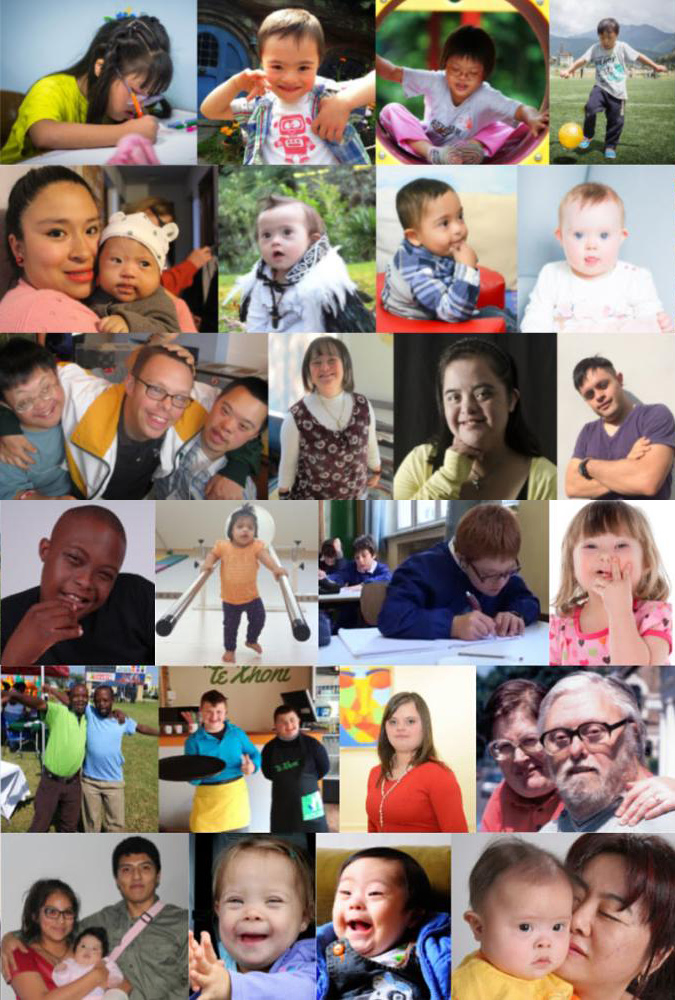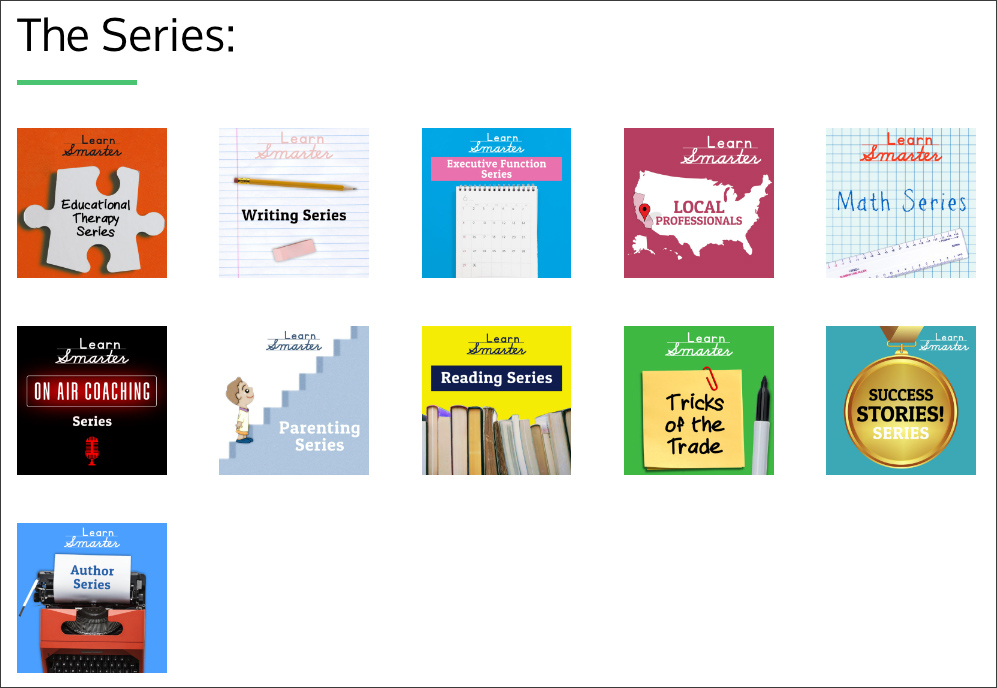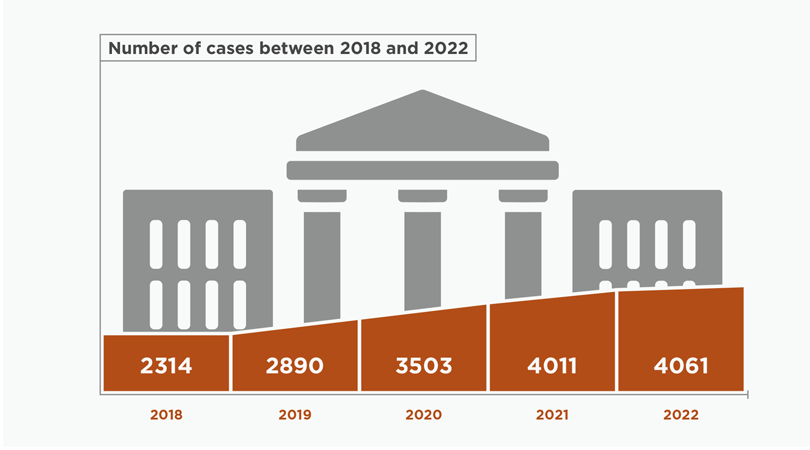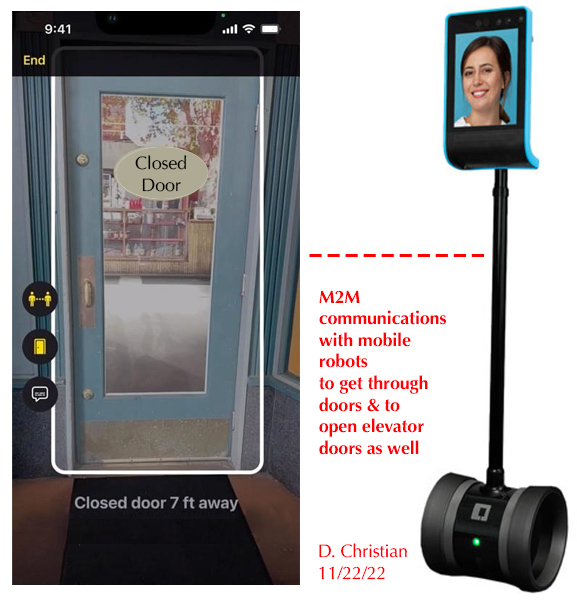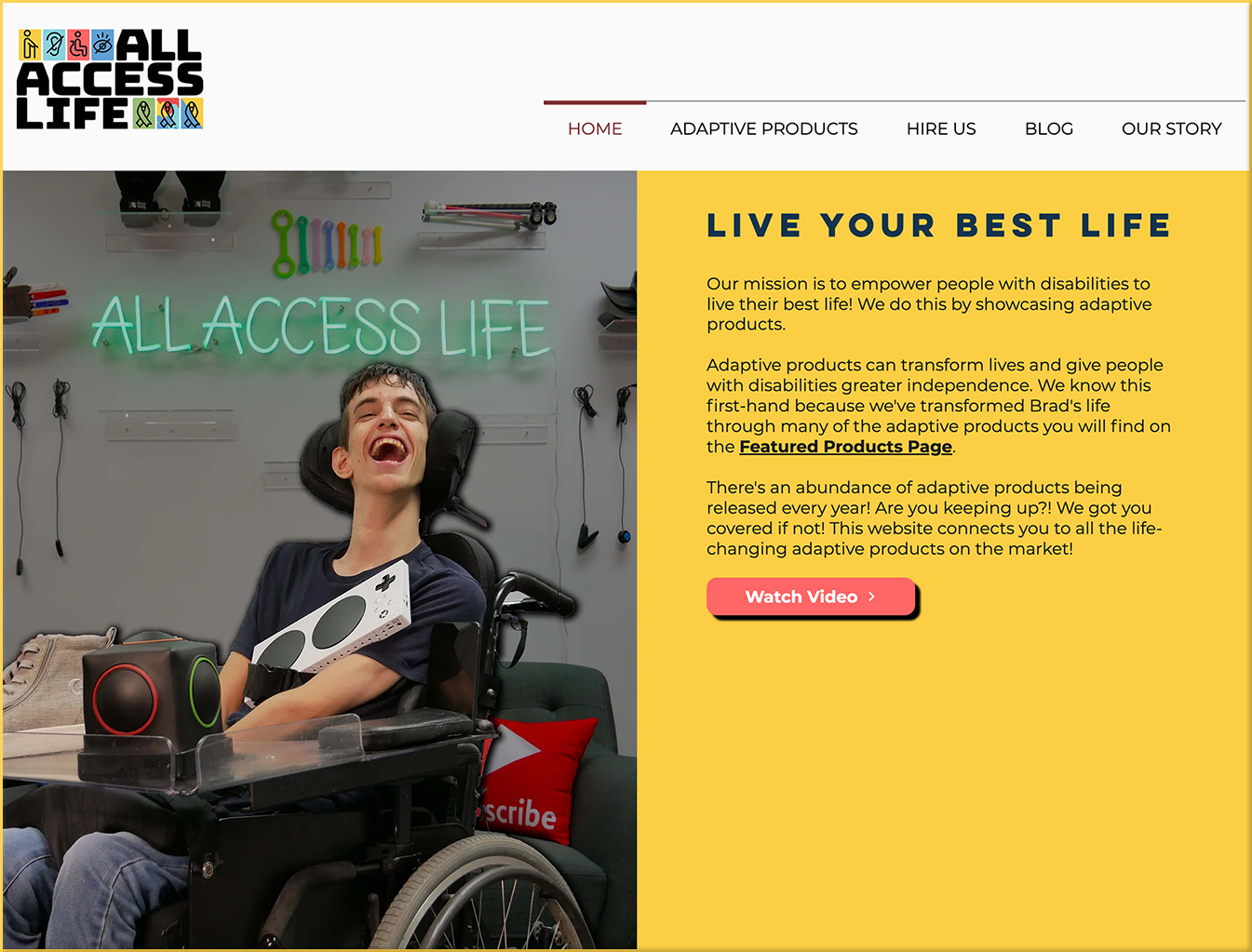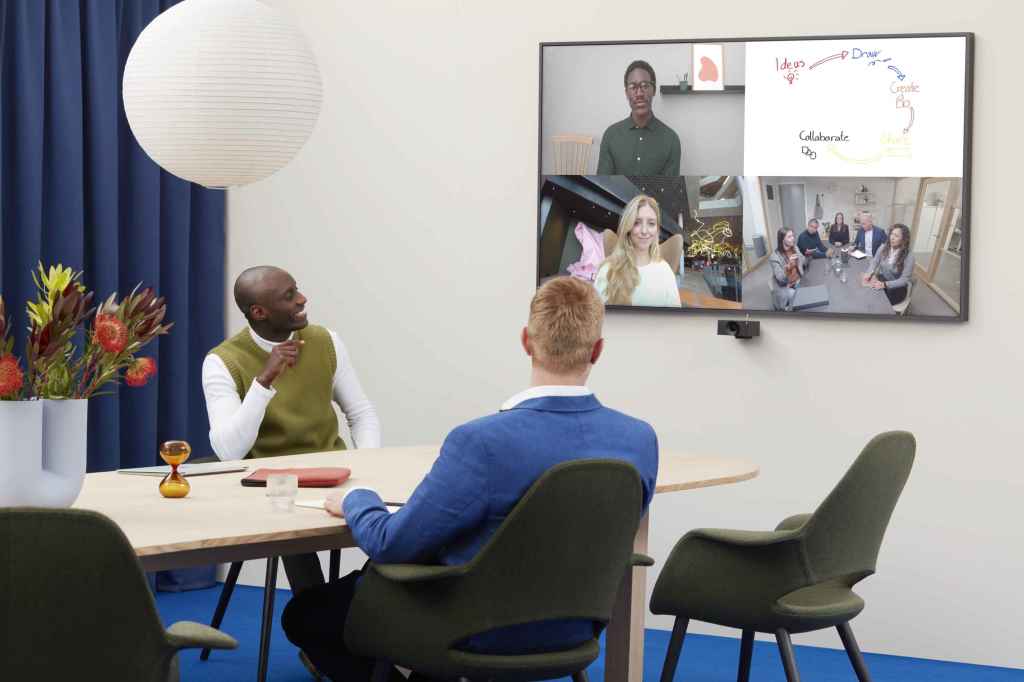Join us to promote full inclusion on World Down Syndrome Day
21 March is World Down Syndrome Day (WDSD) as declared by the United Nations General Assembly in December 2011.
On this day, people with Down syndrome and those who live and work with them throughout the world organise and participate in activities and events to raise public awareness and create a single global voice advocating for the rights, inclusion and well-being of people with Down syndrome.
WDSD has an official website, created and updated by DSi, where we share global events and activities.
United Nations | March 21 2023 is World Down Syndrome Day — from un.org
Excerpt:
Down syndrome occurs when an individual has an extra partial (or whole) copy of chromosome 21. It is not yet know why this syndrome occurs, but Down syndrome has always been a part of the human condition. It exists in all regions across the globe and commonly results in variable effects on learning styles, physical characteristics and health.
Adequate access to health care, to early intervention programmes, and to inclusive education, as well as appropriate research, are vital to the growth and development of the individual.
Also relevant/see:










